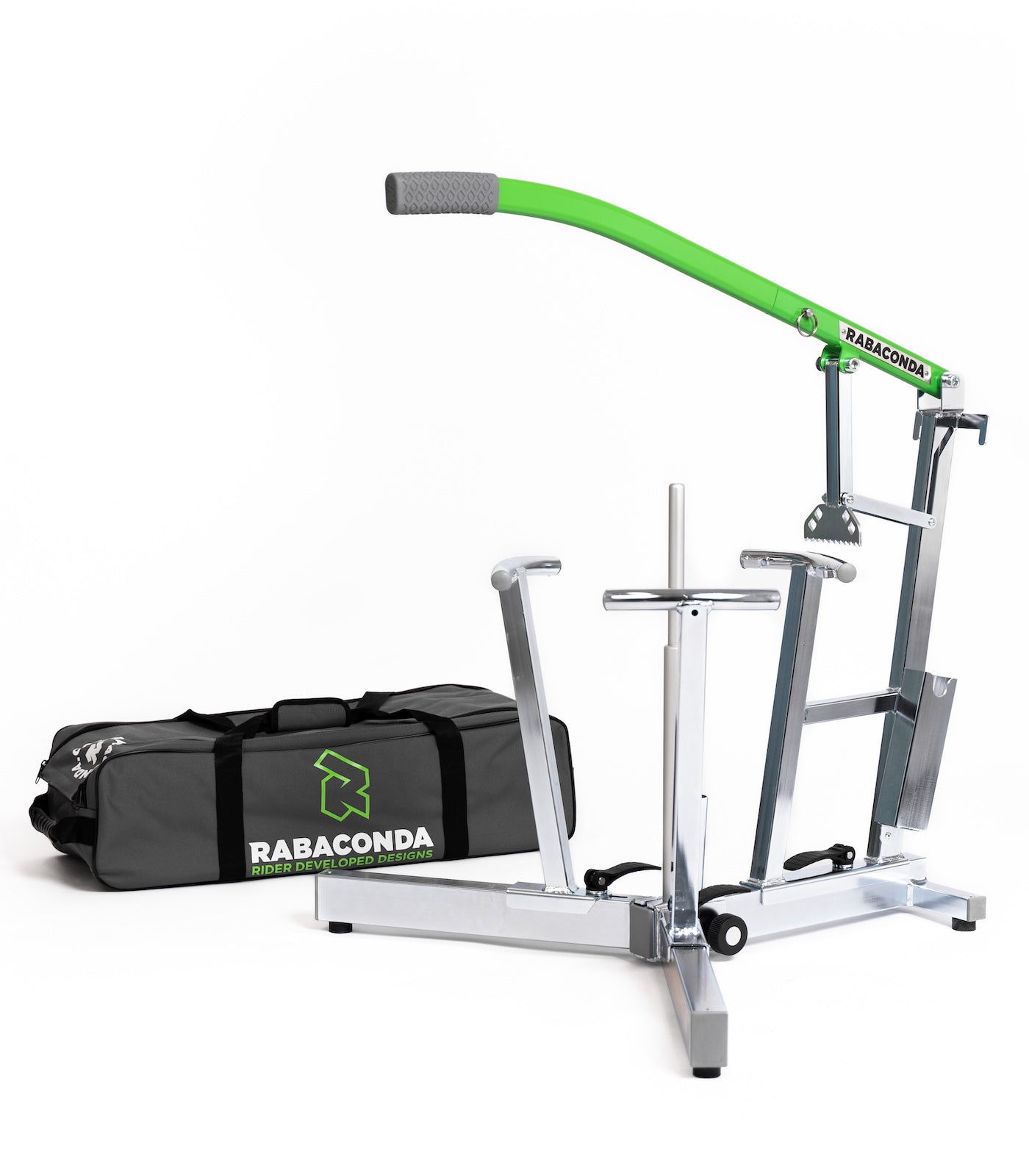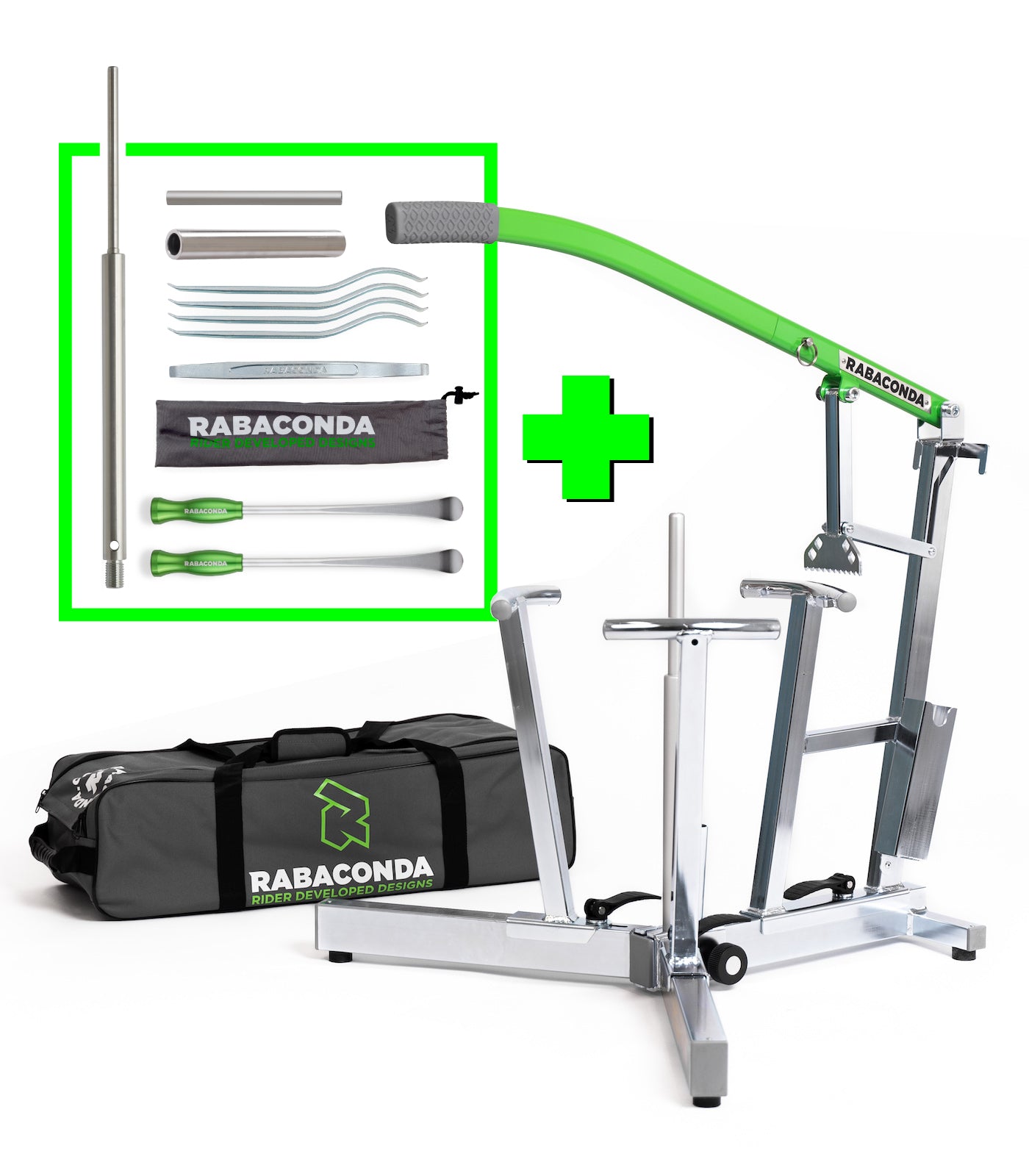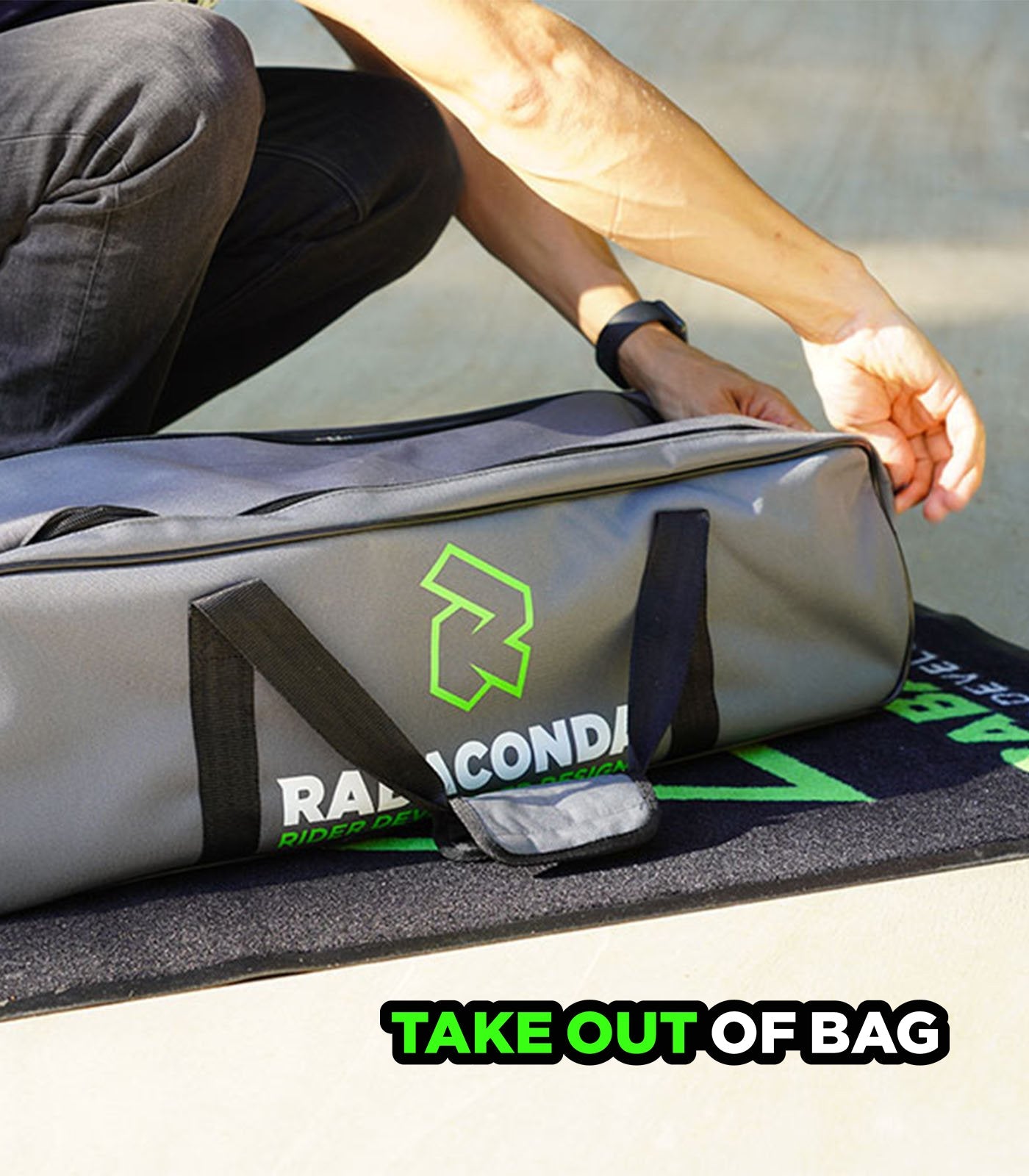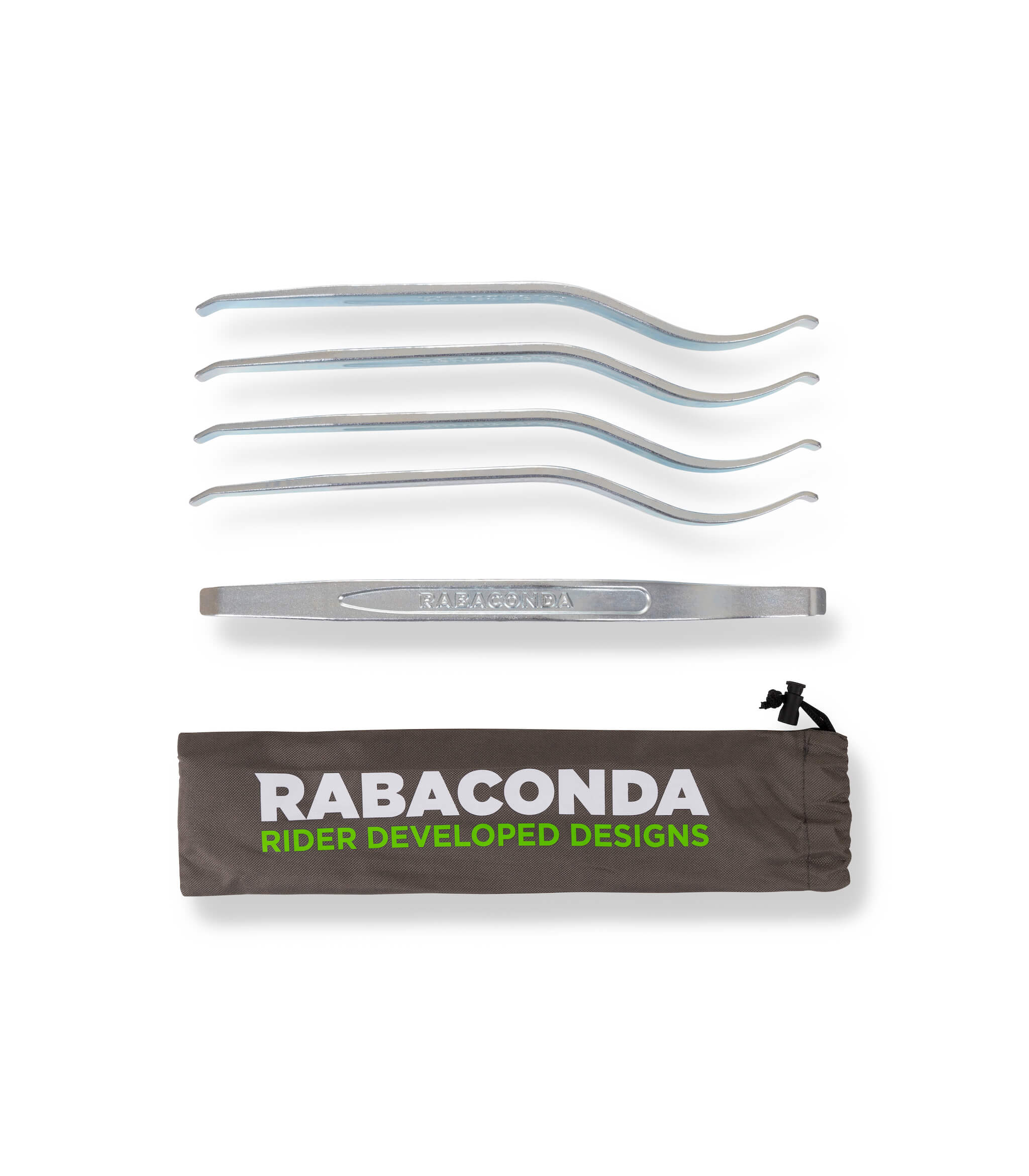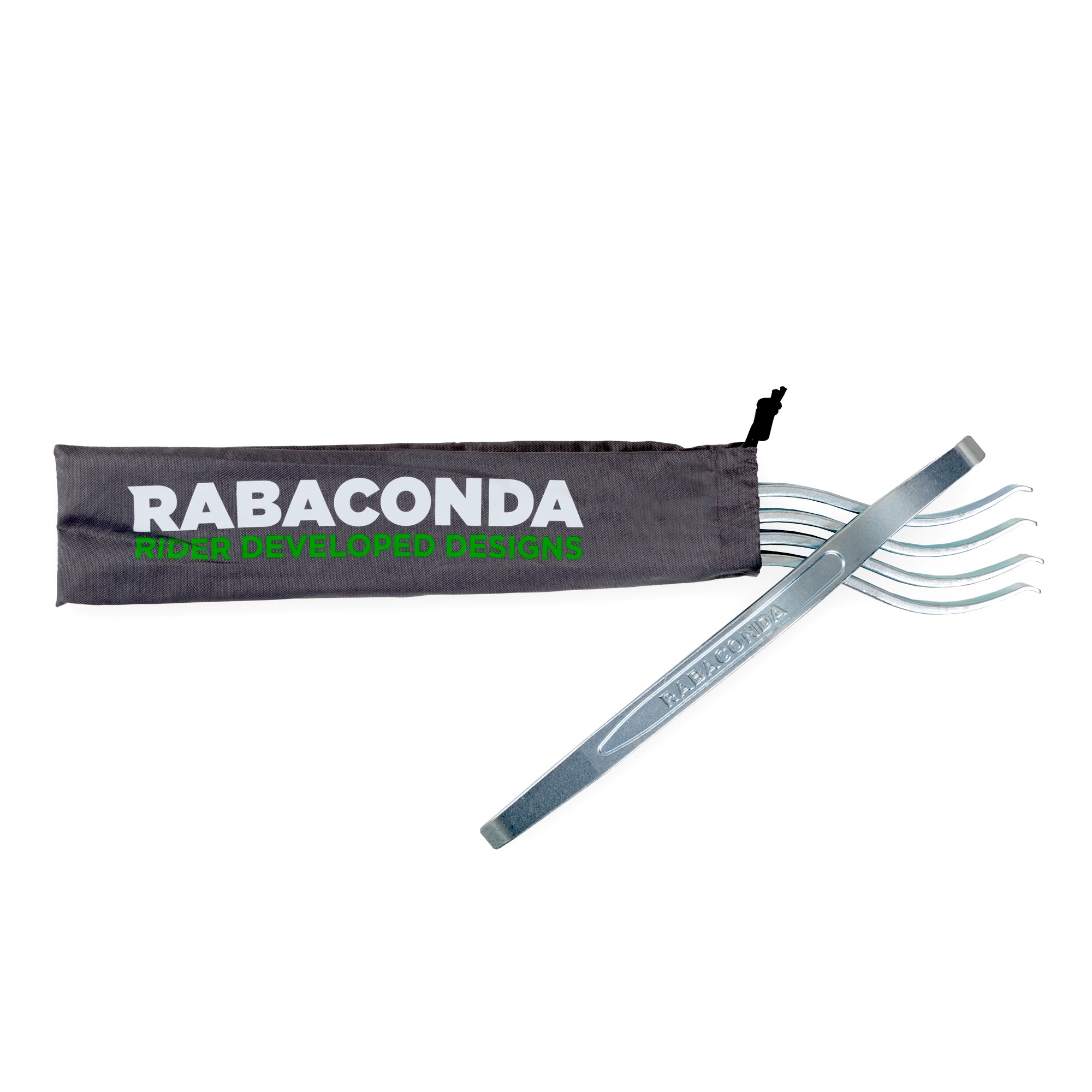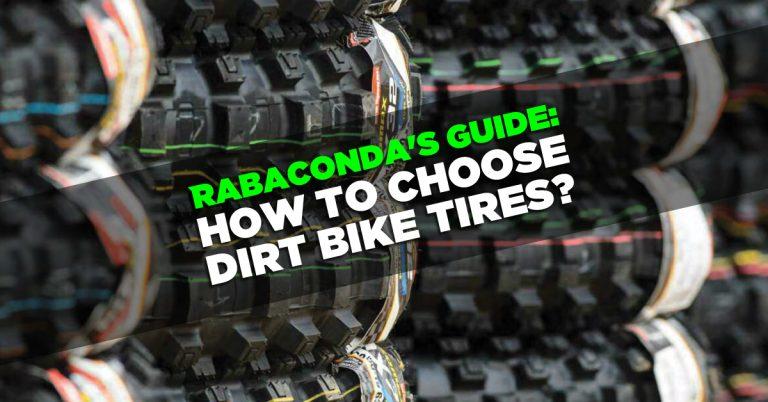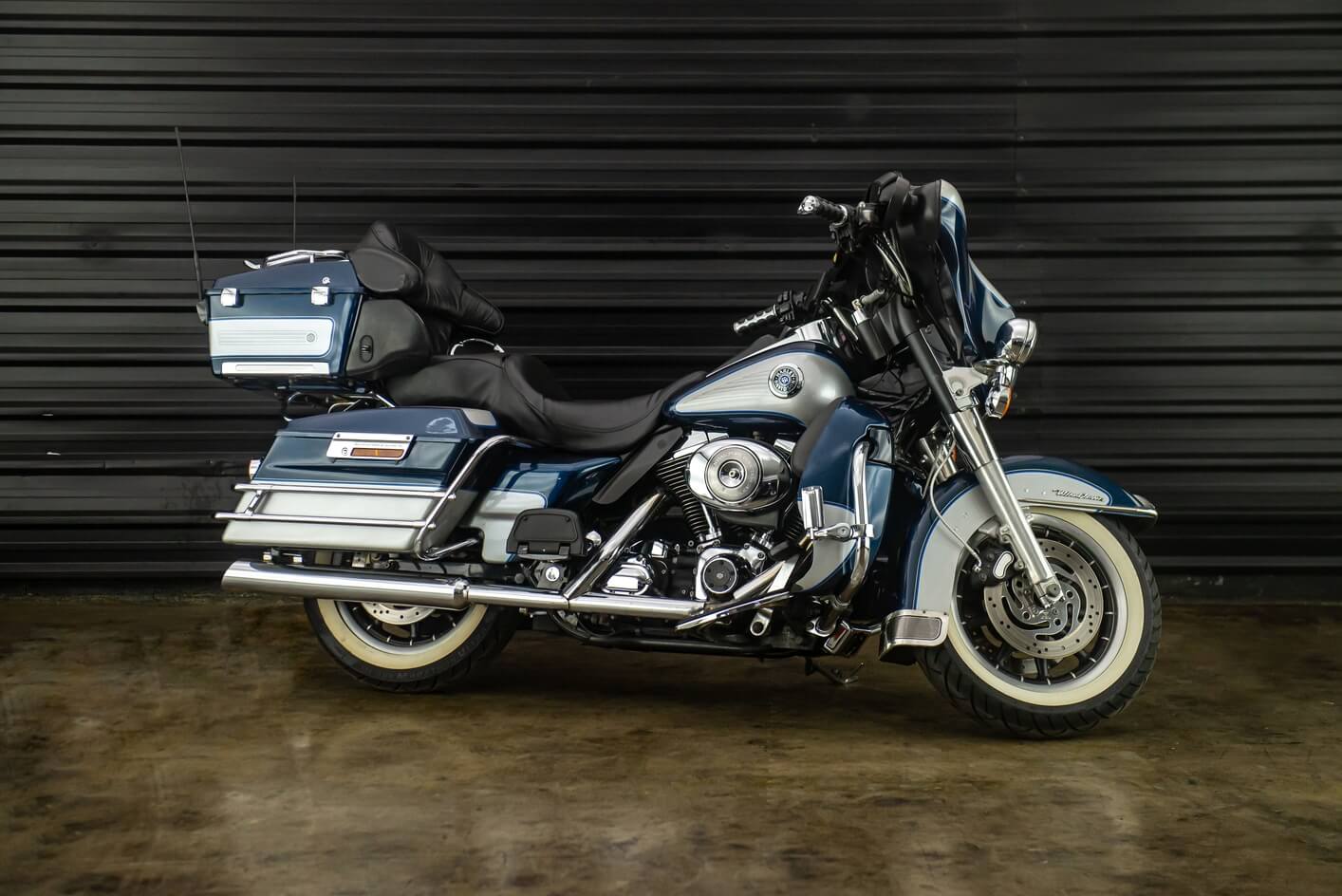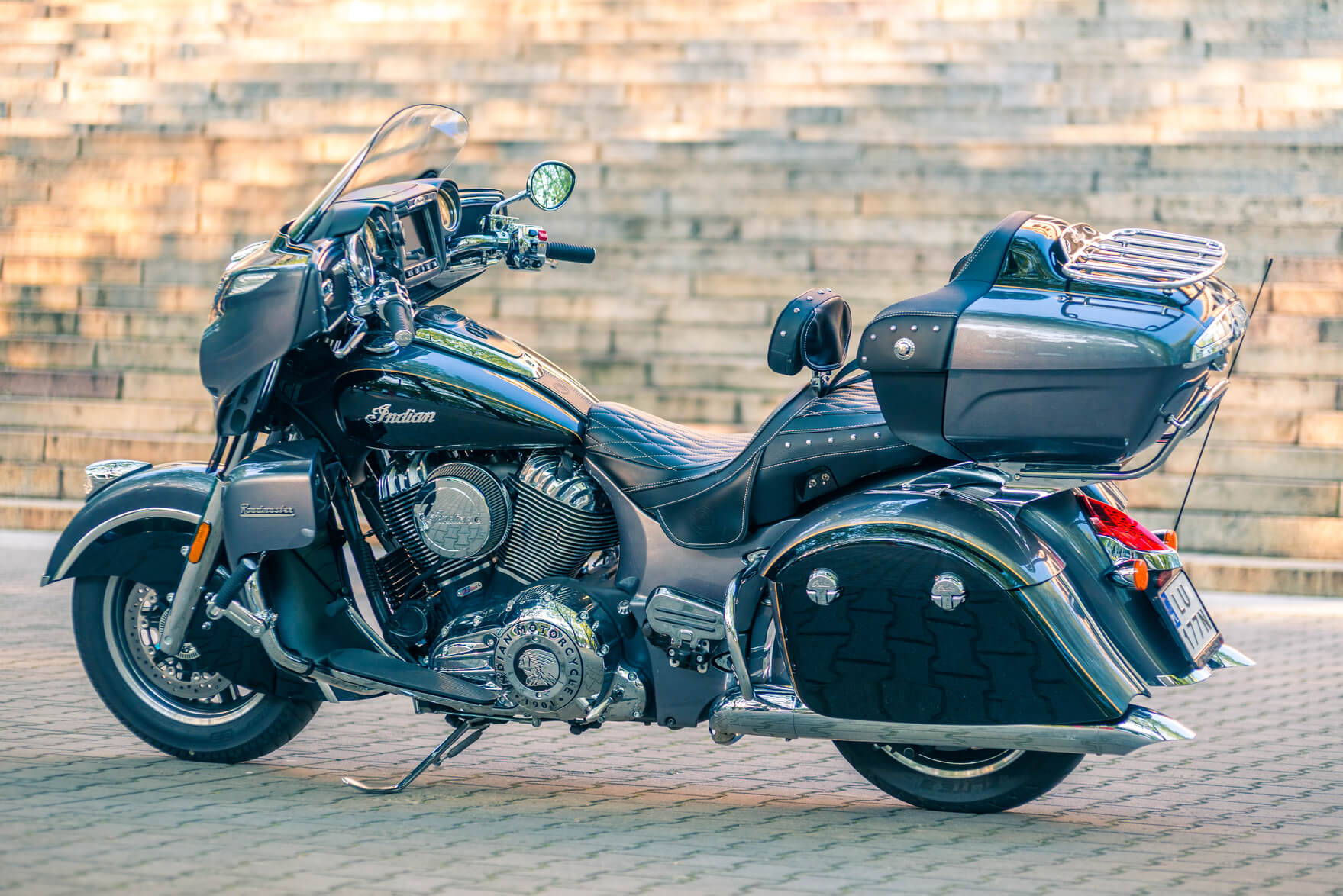We all get excited about power, new exhaust systems, shiny new mods and farkles. However, let’s face it: Buying the best dirt bike tires you can lay your paws on is one of the most important things you can do. Good tire choices determine traction, control of the bike over different terrain, grip and so much more. What’s more, even if you do buy high-quality dirt bike tires, they may not necessarily fit the purpose, which means you’re not getting the performance they’re meant to deliver.
In this post, we’re covering some of the best dirt bike tires in 2023, explaining tire sizing, markings and purpose, and talking about dirt bike tire changers.
What is your dirt bike tire size?
Dirt Tire Markings
Before choosing what size of dirt bike tire you need, it is important to understand what the markings on the tire mean. The tire size markings will look something like this: 80/100-21. These numbers will change quite a bit, but the meaning will always be the same. The 80/100 is the width (in millimeters)/aspect (height) ratio and the 21 (inches) represents the rim size (diameter).
Other markings found on the tire often include an arrow to show which direction it should go, a tire model number, a date code and a load speed rating, which is represented as a number/a letter (51M for example).
Another recent news in marking is an abbreviation “F.I.M” or sometimes “F.I.M. approved." What does that mean? As environmental demands on dirt bike riding are increasing, enduro bikes ridden on open trails are expected to cause minimum damage to the terrain. No one likes to see the forest floor mangled and turned upside down after a few enduro bikes have passed by. Because of this, the Fédération Internationale de Motocyclisme (International Motorcycling Federation, or FIM) is only permitting F.I.M.-approved tires with a maximum knobby height of 13mm to be used in races: They are gentler on the terrain and do not mess it up as much as motocross tires.
The main difference between enduro and motocross tires is that enduro tire lugs are somewhat lower and do not dig too deep into the ground. Instead, enduro tires are much wider to ensure a good grip. A good example is 140/80 being a typical enduro tire size, while motocross tires tend to be 100/90 and 110/90.
Why choosing the correct width of your dirt bike tires matters
Choosing the right width dirt bike tire for the rim and the conditions that you are riding in will hugely affect the performance of the tire. Often, riders do not realize that the rim width and tire width go hand in hand. For example, a wide tire on a narrow rim will cause the carcass of the tire to bend more than it would on a wider rim, and in turn, this will cause an even more rounded tire - more so than the tread is designed for.
The opposite will also have a negative effect: if you have a wide rim and a narrow tire, the tire bead will be more spread out than it is designed for, causing a flatter shape than intended. Both situations will result in less traction and an overall lack of performance. Remember that rim and tire widths often have only small differences in size, so for the most part, you shouldn’t worry. However, if you are looking at extra wide tires or extraordinarily narrow ones, it is best to have a rim to match.
Wide dirt bike tires certainly have their advantages, and many riders opt for a wide tire. However, make sure you know the negatives as well as the positives before choosing one. Wider dirt bike tires have a larger footprint, and as a result, are known to increase traction, especially on hard-packed tracks. On the other hand, the wide footprint makes the bike want to stay upright which makes cornering more difficult. Furthermore, when riding a rough and rutted-out track, a wide tire can struggle to fit in the ruts, making it harder for you to keep your lines. Depending on where you are riding, a wide tire might suit you perfectly, but if you tend to ride a lot of different terrain and don’t want to put out the extra cash to have spare wide tires and rims, stick to stock-sized tires.
Determining the tire size you need
Typically speaking, a full-size motocross bike will have a 21” front wheel and a 19” rear wheel. These sizes vary, especially when taking minibikes and trail bikes into account.
The easiest way to figure out what size tire to buy is by replicating the size that is already on your bike. If you are content with the performance of your old dirt bike tires, then all you have to do is look at the sidewall of the old tires, find out what size is on there, and order a tire that you want in matching size.
This method works great; however, there is one issue with it. If you bought the bike used, you may be unsure if the previous owner put the correct size tire on in the first place. If that’s the case, check your dirt bike manual, contact a shop, or research online what the stock rims and tire sizes on your bike should be. If they do not match, you may want to change them back – depending on your preference.
Dirt bike tires: Enduro 18" vs. Motocross 19"
To suit the specific demands of enduro riding, enduro bikes come with an 18” rim on the back. As a result of the smaller diameter rim, the tire wall height is often greater. This means that the tire sidewalls will have more flex to them and will roll over (bend sideways) just a small amount more than the tires with a shorter sidewall. This flex lowers the performance when cornering quickly. However, it greatly increases stability when riding over roots and rocks. This extra control is exactly what many enduro riders need. However, if you are racing motocross, it probably makes more sense to stick to a 19” rim and tire.
What type of dirt bike tire do you need?
There are three main tire categories to choose from depending on the type of terrain you ride. Below, we explain each one to help you decide what type will best suit your needs.
Hard terrain dirt bike tires
Hard terrain dirt bike tires are designed to be used on rough, hard-packed surfaces. This is when the tire sits on top of the ground, similar to a bike on a road, more than it would “in” the ground, like when riding in sand. The lugs on a hard terrain tire are spaced closely together to allow a large surface area of the tire to touch the ground. The rubber carcass is usually quite hard and stiff. It is also extremely durable to hold up against the solid terrain.
Hard terrain tires aren’t often found on a motocross track. Instead, you will find a lot of trail riders using them. This is because they are great when switching between trails and road crossings and hold up against jagged rocks and tree stumps that litter the trails. This does not mean they are perfect though, as many riders (especially racers in events such as enduro) need a tire that will also give some traction in mud pits and looser ground.
Intermediate terrain dirt bike tires
Intermediate terrain tires are best suited for well-groomed and watered motocross and supercross tracks. When you hear riders say, “the dirt is perfect”, they are most likely referring to terrain that an intermediate tire is best suited for.
The lugs on an intermediate tire are a little more spread out than that of a hard tire but not as spread out as a soft terrain tire. This is to catch a lot of the dirt as it rotates for traction while allowing the tire to grip on more hard-packed areas. The tread is also designed to shed dirt and stop the lugs from being blocked up.
Soft terrain dirt bike tires
Soft terrain dirt bike tires excel in, you guessed it, soft terrain. Sand, deep loam, and mud are great examples of the type of conditions that a soft terrain tire is well suited for. The spacing between lugs on a soft terrain tire is quite large (the lugs are spread well apart from one another). This space between lugs allows for the tire to sit deeper in the dirt and “scoop” more as the tire rotates. This increases traction and allows for the best grip in those situations. The spaced-out lugs also allow for the dirt to easily clear from the tire rather than getting stuck between them like it would on a hard tire.
Surprisingly to some, soft terrain dirt bike tires are made of a fairly hard rubber compound as the lugs do not need to form to the ground. Instead, the ground seems to fall in and form around the lugs.
Best dirt bike tires in 2023
There is no shortage of great dirt bike tire brands out there. Some are better than others in certain categories: for example, Golden Tyre is famous for creating phenomenal soft compound tires, whereas Metzeler is fantastic for enduro races. Before deciding on a brand, first, see what type of riding you do the most and pick a tire that will suit the purpose best.
Here are the best dirt bike tires in 2023:

